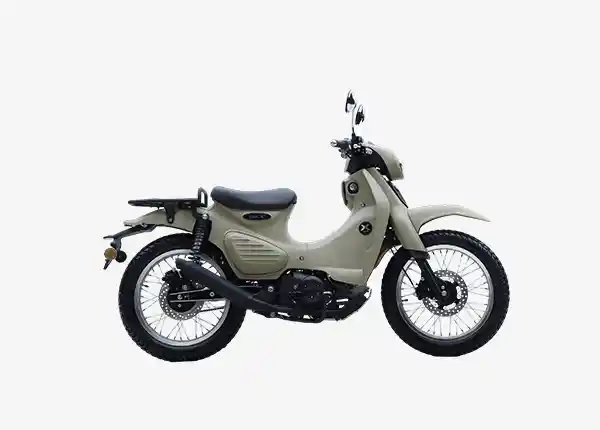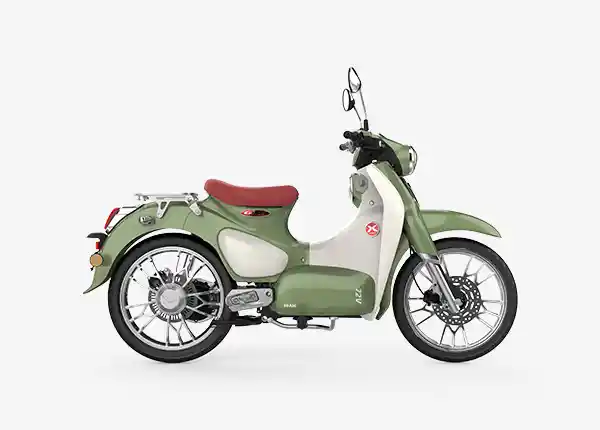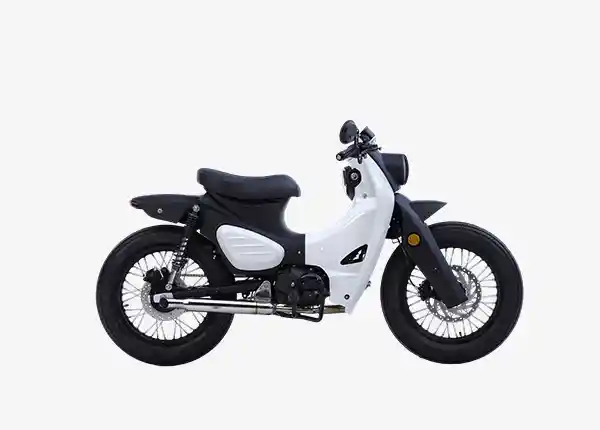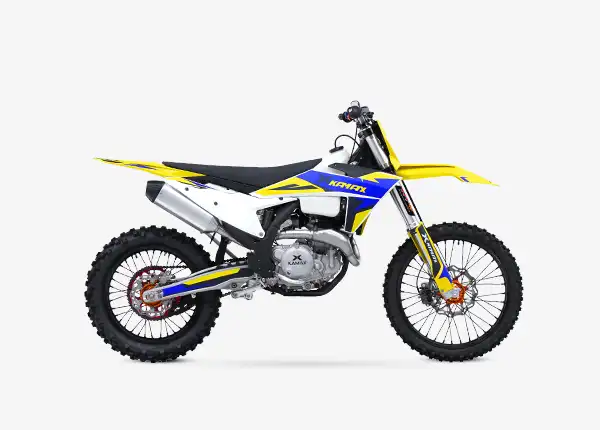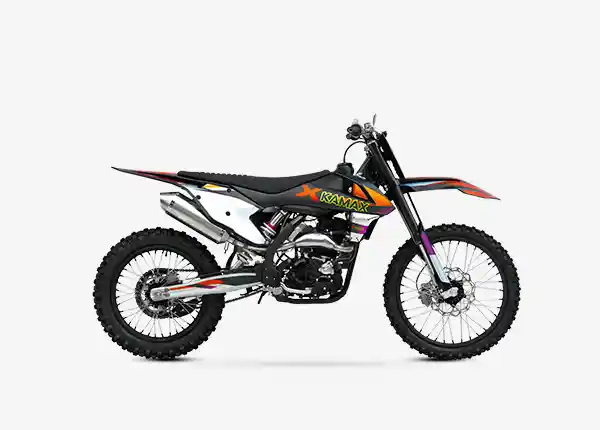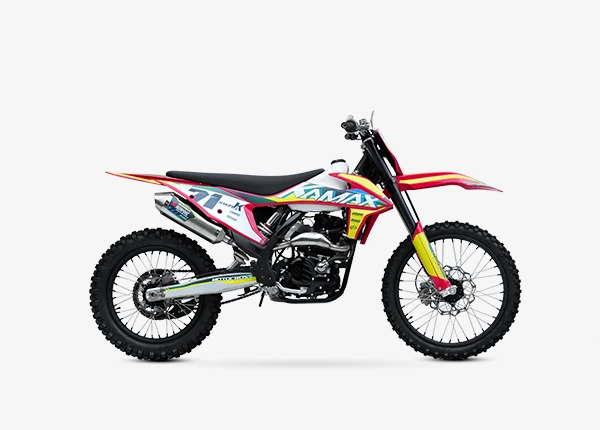In the world of motorcycles, the dashboard is more than just a tool to show speed and fuel — it’s the connection between rider and machine. Over the years, motorcycle dashboards have come a long way: from simple mechanical gauges with moving needles, to digital LCD screens, to today’s colorful TFT displays, and even heads-up displays (HUD) projected onto the windshield. Each innovation has made riding more convenient, intuitive, and safer. Whether you’re weaving through city streets or carving through mountain roads, the evolution of motorcycle dashboards reflects the progress of bike technology and enhances the overall riding experience.
About this Article
1. What Is a Motorcycle Dashboards and Why It Matters
A motorcycle dashboard is the display that shows essential ride data — speed, RPM, fuel level, gear, temperature, and more.
It’s one of those parts you don’t think much about until something goes wrong. A flickering oil light, a dead speedometer, or a fogged screen can change your whole ride.
Good dashboards do three things well:
- Keep you informed.
- Keep you safe.
- Keep you focused on the ride, not on guessing what’s happening under the tank.
2. From Needles to Pixels: The Evolution of Motorcycle Dashboards
Back in the 1960s and 70s, dashboards were purely mechanical.
Classic bikes like the Triumph Bonneville or Honda CB750 had round chrome-rimmed gauges with simple needles. They were beautiful — but basic.
In the 1990s, digital LCD screens appeared on sportbikes such as the Suzuki GSX-R and Yamaha FZR1000, offering compact info displays and trip meters.
Fast-forward to today: motorcycles like the BMW S1000RR, Ducati Panigale V4, and KTM 1290 Super Adventure feature full-color TFT displays that can connect to your smartphone, show GPS navigation, and even log lean angles.
We’ve gone from needles to pixels — and the change has completely transformed how riders interact with their machines.
3. Types of Motorcycle Displays
Different riders prefer different styles, and each display type has its own personality.
Analog Displays
Old-school, round dials with moving needles. Found on retro and cruiser bikes like the Royal Enfield Classic 350 or Harley-Davidson Softail.
- Pros: Timeless look, no glare, easy to read.
- Cons: Limited information, no customization.
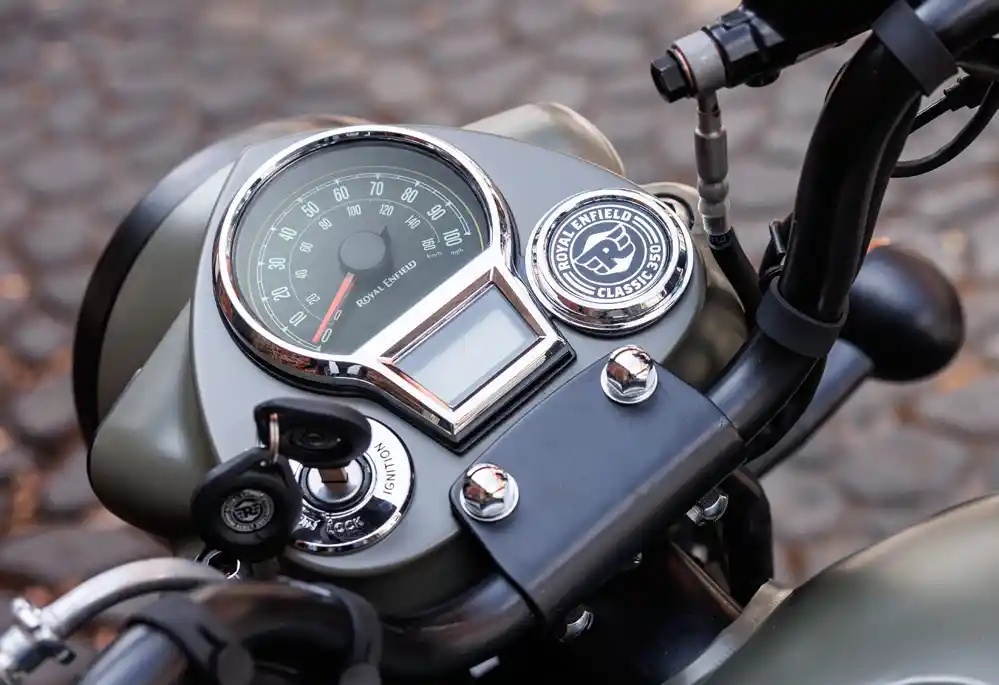
Digital LCD Displays
Flat screens showing numbers and icons — popular on mid-range bikes such as the Suzuki V-Strom 650, KAMAX CUB PRO 125.
- Pros: Compact, affordable, more info.
- Cons: Harder to read in direct sunlight.

TFT and OLED Displays
The gold standard for modern bikes. Used on KTM, BMW, and Ducati models. “TFT” stands for Thin Film Transistor, the same technology used in smartphones and tablets. OLED (Organic LED) is similar but offers even deeper contrast and richer colors.
- Pros: Bright, color-rich, customizable layouts, Bluetooth integration.
- Cons: More expensive to replace.

Hybrid Dashboards
A mix of analog and digital — for example, the Yamaha MT-09 combines a tach needle with a digital info panel.
Heads-Up Displays (HUD)
Emerging tech that projects data directly onto your helmet visor or windscreen.
BMW Motorrad and Nuviz have both showcased prototype HUD systems for safer, eyes-up riding.
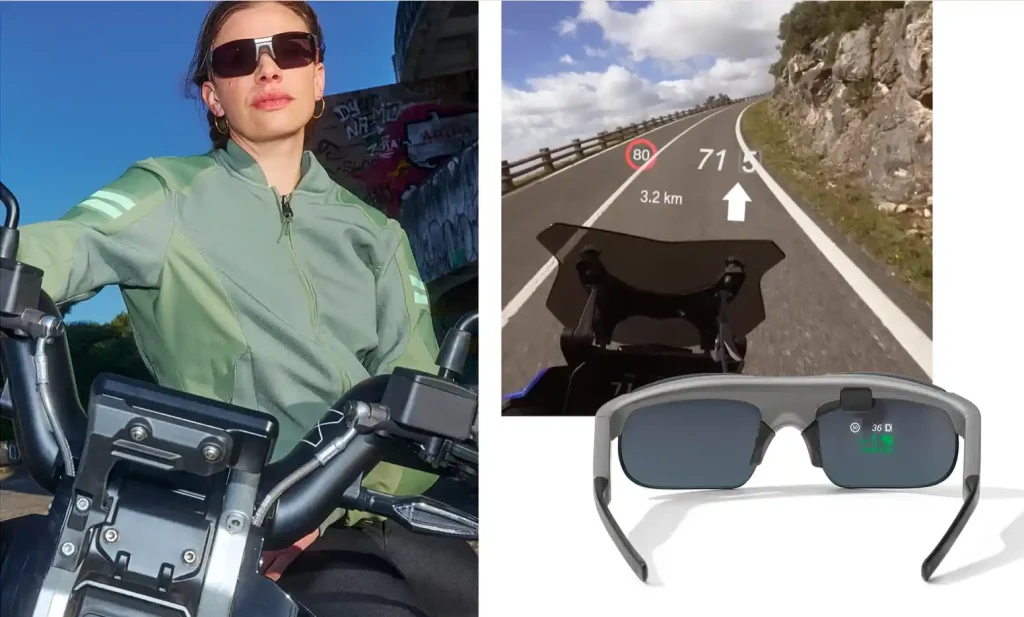
4. Modern Dashboard Features Explained
Modern motorcycle dashboards are packed with clever technology.
Here’s what you’ll typically find — and why it matters:
- Speedometer & Tachometer: Track your speed and engine RPM to keep performance smooth.
- Gear Indicator: Prevents missed shifts and helps beginners ride confidently.
- Fuel Gauge & Range Estimator: No more guessing how far until empty.
- Trip Computer: Monitors ride time, average speed, and fuel efficiency.
- Bluetooth & Smartphone Pairing: Control music or calls via your handlebar switch.
- Navigation Display: Some TFT screens show turn-by-turn GPS without needing a phone mount.
- Warning Indicators: Alerts for oil, ABS, tire pressure, and traction control.
Example: On the Ducati Multistrada V4, you can even switch layouts — one for touring, one for sport riding. That’s a small touch that makes a big difference.
5. The Best Dashboard Technologies in 2025
The year 2025 has made motorcycle dashboards smarter than ever.
Some standout technologies include:
- Anti-Glare TFT Screens – Crisp visibility even under strong sunlight.
- Adaptive Brightness – Auto-adjusts to ambient light and weather.
- Integrated Navigation & Wi-Fi Updates – Like the Bosch 10.25-inch display found in high-end models.
- Ride Data Analytics – Tracks lean angle, braking, and acceleration to improve skills.
- Customizable Themes – Choose color schemes or display modes that fit your style.
For many riders, these screens are now as essential as the throttle.
6. Real-World Rider Impressions
Ask any modern rider, and they’ll tell you — once you go TFT, you don’t go back.
Take Alex, a 32-year-old touring enthusiast who upgraded from a 2008 Yamaha Fazer to a 2023 Triumph Tiger 900 GT Pro:
“I never realized how much difference a clear, bright dashboard makes until I rode through a rainstorm. I could still see everything perfectly — speed, fuel, GPS — even with wet gloves and fog.”
Stories like this show why dashboards aren’t just cosmetic upgrades. They’re part of the experience.
7. How to Choose and Maintain the Right Dashboard
When choosing or upgrading your dashboard, consider the following:
- Compatibility – Make sure it fits your motorcycle’s wiring and ECU system.
- Visibility – If you ride in bright sunlight, TFT screens are best.
- Durability – Look for IP67-rated displays that resist water and dust.
- Ease of Use – Buttons should be glove-friendly and intuitive.
- Aftermarket Options – Brands like Motogadget, Trail Tech, and Acewell are popular for custom builds.
Maintenance tips:
- Wipe the display gently with a microfiber cloth.
- Avoid direct water jets near the cluster.
- Check wiring during servicing.
- Update firmware regularly if supported.
A clean, functional dashboard isn’t just nice — it’s essential for safe, confident riding.
8. The Future of Motorcycle Display
The next generation of dashboards will make bikes even more connected and intelligent.
Here’s what’s coming:
- Augmented Reality (AR) Helmets: Navigation and speed projected inside your visor.
- Voice-Activated Commands: Hands-free control for safer rides.
- Cloud Syncing: Automatic ride logs, maintenance reminders, and performance data backups.
- Integration with Safety Systems: Linking traction control, adaptive cruise, and radar sensors.
These advances will make dashboards not just displays — but true digital co-pilots.
9. Frequently Asked Questions
Q1: What’s the difference between a digital and a TFT motorcycle display?
A digital LCD is simple and monochrome, while a TFT screen is full-color, sharper, and often supports customization and connectivity.
Q2: Can I replace my old analog gauges with a digital dashboard?
Yes, but you’ll need to check compatibility with your bike’s ECU. Aftermarket kits from Motogadget or Trail Tech often work well on older models.
Q3: Are TFT dashboards waterproof?
Most modern ones are rated IP65 or IP67 — resistant to rain and dust but not meant for high-pressure washing.
Q4: Do dashboards affect battery life?
Slightly, yes. Larger TFT screens consume more power, but it’s rarely an issue unless your charging system is weak.
10. Conclusion: The Dashboard as Your Digital Partner
Your motorcycle display isn’t just a tool — it’s your constant riding companion.
It keeps you informed, safe, and connected.
From the mechanical dials of the past to the vibrant TFT screens of today, dashboards reflect how far motorcycles — and riders — have come.
Whether you’re carving through twisty backroads or crossing continents, that glowing panel in front of you will always be your silent guide.

